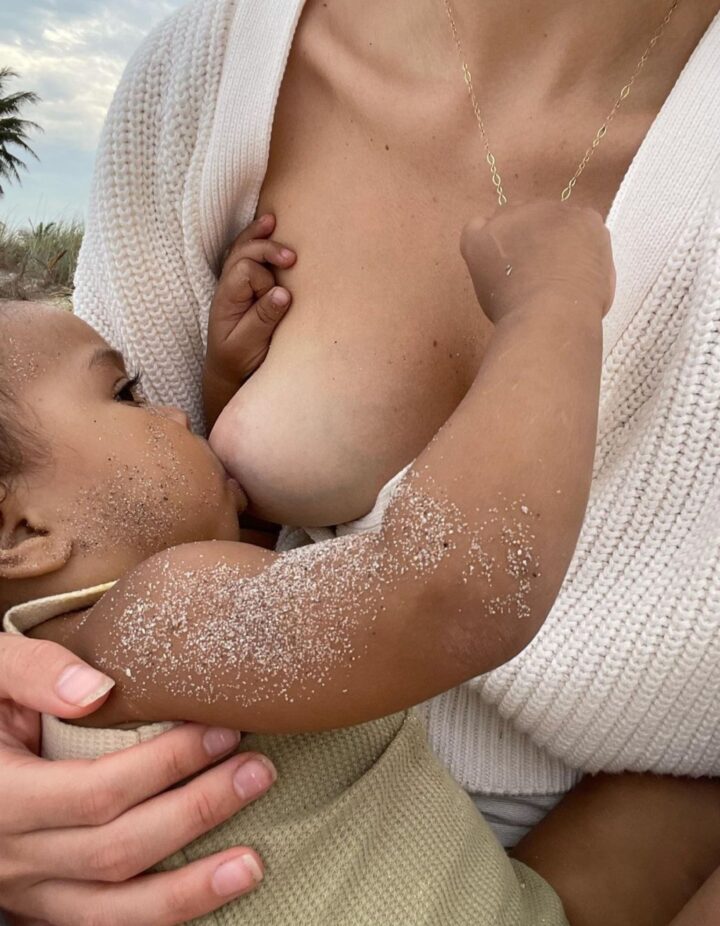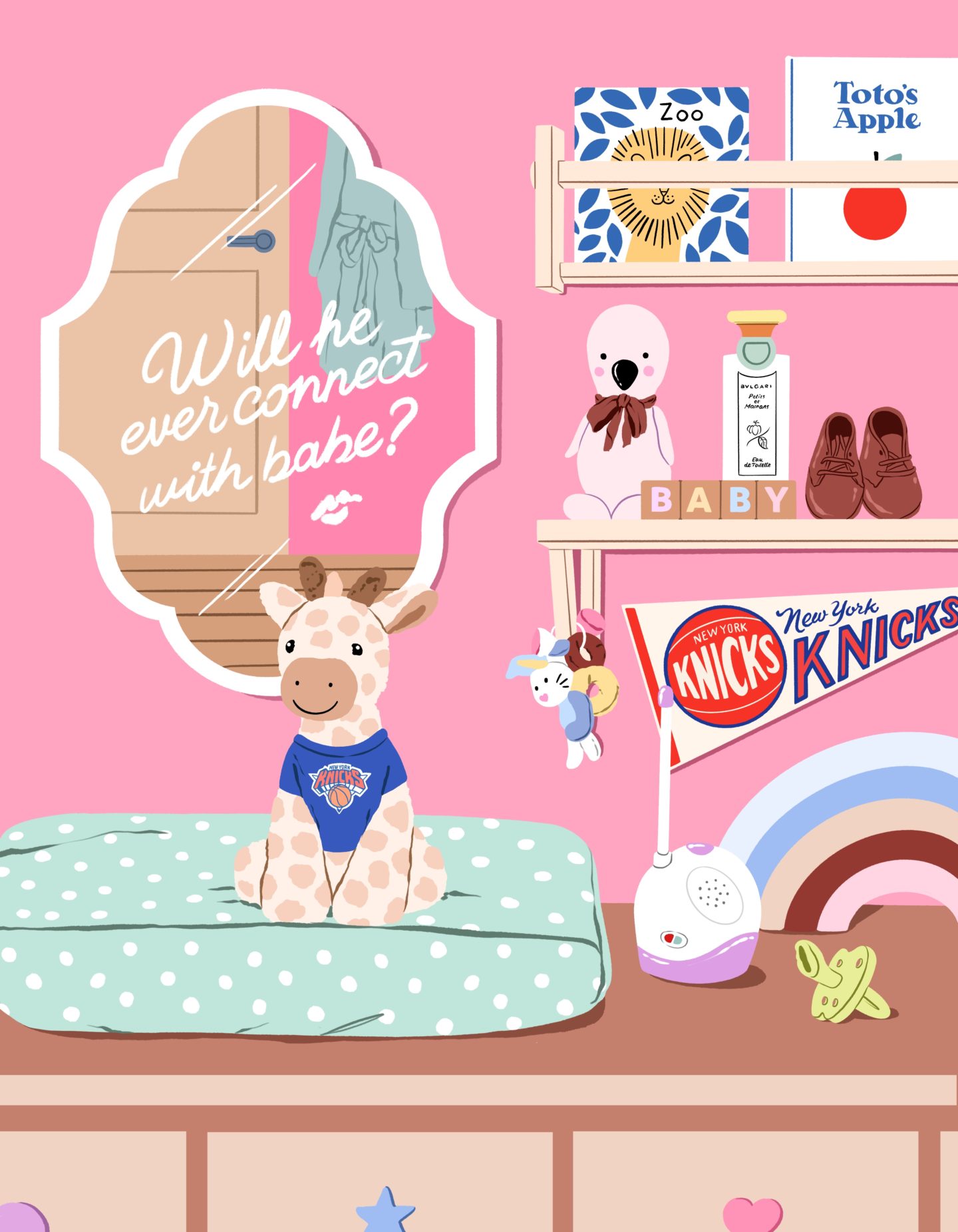You’ve managed to birth a human, get them home, feed them, and all seems to be going well. Until you notice some pinkish-colored breastmilk–or even more alarming, straight-up blood on your nipples. Pause the freak out! While it might seem concerning to see blood during breastfeeding, it is not uncommon. There are many reasons this could be happening, from something called “Rusty Pipe Syndrome” to an improper latch (the way your baby is attached to your nipple); below, I’ll cover all the basics to help you identify if it’s time to check in with your doctor or just let the issue run its course.
Improper Latch
One of the most common causes of general discomfort or pain when breastfeeding is improper latch. While we hear the phrase “breastfeeding is the most natural thing in the world” all the time, the truth is breastfeeding is a learned skill and is actually not intuitive to the majority of parents. When latching, the goal is to have your entire areola in your baby’s mouth so that when they can create an airtight seal around your breast, your nipple is towards the back of their pallet (i.e., where your nipple has space). To reiterate, this is the goal. However, it often takes many tries to get it right, so give yourself some grace here.
If the latch is correct, nursing your baby might feel “interesting” while you get used to all the sucking, and you can develop some raw nipples in the beginning–but the pain shouldn’t continue past a few weeks. If you start to notice blood on your nipples due to lacerations, this is when it’s time to check in with your IBCLC (International Board of Lactation Consultant Examiners) or care provider (please check for an oral restriction!). So many stories include the narrative that breastfeeding should be painful, but that isn’t the case.
Rusty Pipe Syndrome (RSP)
While considered rare, RPS is a breastfeeding condition that can cause a reddish-brown discoloration of breast milk in the early days of breastfeeding. It is harmless and caused by a buildup of leftover blood from vascular engorgement, a fancy way of saying there is some blood leftover in your milk ducts from the changes your body goes through during pregnancy to prepare for breastfeeding. RPS should resolve itself within a few weeks, and there is no need to stop breastfeeding if you are experiencing this.
Doctor Time
Bleeding while breastfeeding is not an immediate cause for concern. That said, there are some cases to be aware of. Persistent pain or bleeding beyond a few days, intense soreness in your breasts, masses in your breasts, and anything with a fever or flu-like symptom. Sometimes, bleeding coupled with pain can point to a possible infection, like the very rare Serratia Marcescens or, much more commonly, mastitis, which likely needs to be treated with antibiotics.
When breastfeeding, it’s good to have an overall awareness of your body and what you’re feeling. If something feels off, trust your instincts and call your lactation consultant.
Morgan Dixon is Swehl’s Motherboard member & Head of Community. She is a Lactation Specialist and certified nutritionist. Morgan is a mother of two young boys.
Swehl is a one-stop-shop for all things breastfeeding, including game-changing accessories, community talk circles and bite-sized educational videos.




